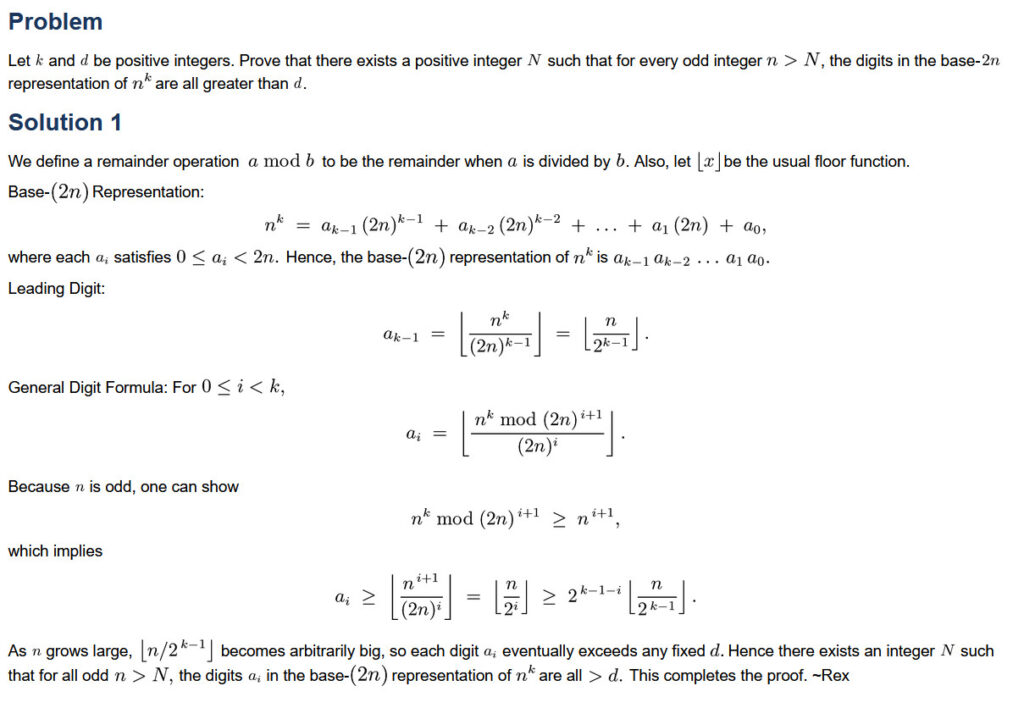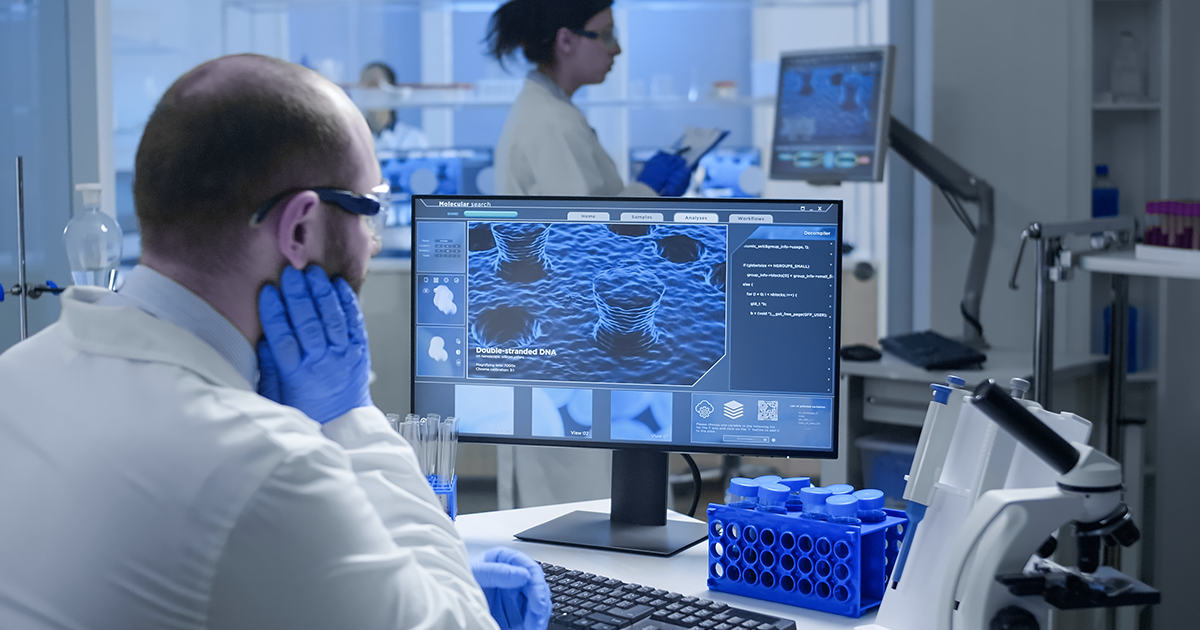Introduction to OpenAI’s Reorganisation
OpenAI has completed a major reorganisation and, in the same breath, signed a new definitive partnership agreement with Microsoft. This reorganisation aims to solidify the nonprofit’s control over the for-profit business and establish the newly named OpenAI Foundation as a global philanthropic powerhouse, holding equity in the commercial arm valued at approximately $130 billion.
The Reorganisation
The reorganisation effectively turns the company’s commercial success into a direct funding pipeline for its original mission. The for-profit entity is now a public benefit corporation called OpenAI Group PBC, legally bound to that mission. As this PBC grows, so does the Foundation’s $130 billion stake, which will be used to fund an initial $25 billion commitment to global health and AI resilience.
Key Changes
This restructure was finalised after nearly a year of “constructive dialogue” with the offices of the Attorneys General of California and Delaware. OpenAI acknowledged it “made several changes as a result of those discussions” and stated its belief that the company, and by extension the public it serves, “are better for them.”
The Redefined Partnership with Microsoft
The other side of this new structure is the redefined partnership with Microsoft. The tech giant’s investment is now valued at $135 billion, giving it a 27 percent stake in the OpenAI Group PBC. This represents a slight dilution from its previous 32.5 percent stake, reflecting new funding rounds. The agreement preserves Microsoft’s core position as the exclusive Azure API provider for OpenAI’s frontier models, but only until artificial general intelligence (AGI) is achieved.
New Terms and Conditions
The new terms introduce a new check on that path. Any declaration of AGI by OpenAI must now be verified by an independent expert panel. This external check is a major update to the governance of the partnership. Microsoft’s intellectual property rights are also extended through 2032 and now include models developed after AGI is declared, with appropriate safety guardrails.
New Freedoms for Both Parties
Microsoft can also now independently pursue AGI, either on its own or with other partners. This gives Microsoft a new path forward, separate from its reliance on OpenAI’s research. If Microsoft uses OpenAI’s IP to develop AGI before it is officially declared, those models will be subject to compute thresholds significantly larger than systems in use today.
OpenAI’s New Leverage
But the new freedoms cut both ways. OpenAI has also secured new flexibility. It has committed to purchasing an incremental $250 billion of Azure services, but Microsoft no longer holds a right of first refusal as its compute provider. This gives OpenAI new leverage in its infrastructure negotiations.
Conclusion
The company can also now release open weight models that meet certain criteria and serve US government national security customers on any cloud, a notable new ability. It also gains the power to jointly develop some non-API products with third parties, although API products developed with others must remain on Azure. Microsoft’s IP rights also specifically exclude any of OpenAI’s future consumer hardware. The existing revenue share agreement remains in place until the expert panel verifies AGI, though payments will be stretched over a longer period. Both companies framed the new chapter as a way to continue innovating. OpenAI concluded that this new structure provides both the ability to push the AI frontier and an updated model to “ensure that progress serves everyone.”
FAQs
- Q: What is the main goal of OpenAI’s reorganisation?
A: The main goal is to solidify the nonprofit’s control over the for-profit business and establish the OpenAI Foundation as a global philanthropic powerhouse. - Q: What is the value of Microsoft’s investment in OpenAI?
A: Microsoft’s investment is now valued at $135 billion, giving it a 27 percent stake in the OpenAI Group PBC. - Q: What is the condition for Microsoft to declare AGI?
A: Any declaration of AGI by OpenAI must now be verified by an independent expert panel. - Q: Can Microsoft pursue AGI independently?
A: Yes, Microsoft can now independently pursue AGI, either on its own or with other partners.











